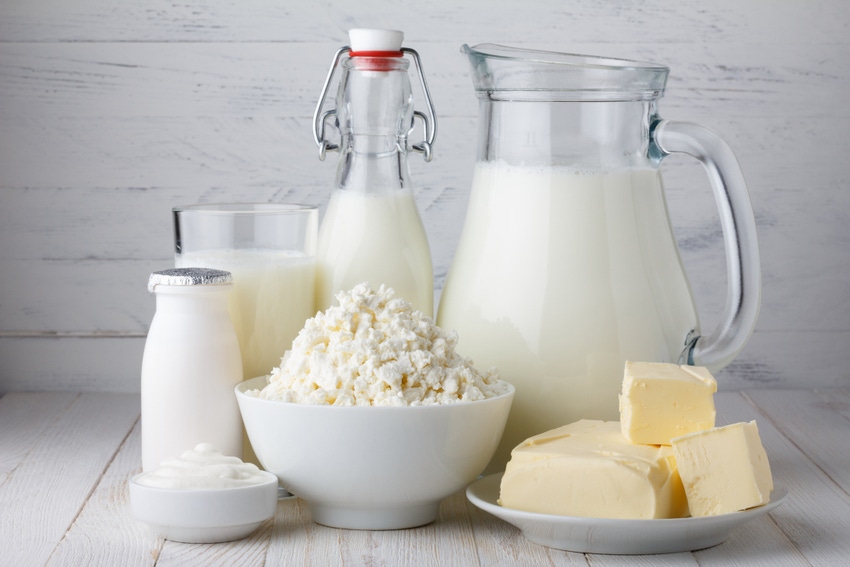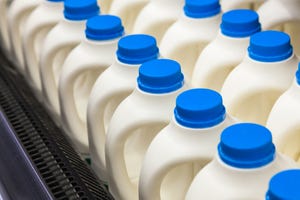Future opportunities should be plentiful for organic milk producers and processors.
April 12, 2017

Despite the current excess supply environment, rising demand points to a bright future for the U.S. organic milk industry, leading a record number of dairies to transition to organic milk production, according to a new report from CoBank.
Organic milk generates the highest sales of any certified organic commodity, and steady demand growth will lift organic fluid milk market share and further stimulate product innovation, the report suggested.
“The substantial gap between organic and conventional on-farm milk prices, combined with more price stability, is driving the transition,” Ben Laine, CoBank senior dairy economist, said. “We are seeing increasing herd sizes for many existing organic dairies looking to take advantage of size efficiencies and price premiums.”
The 12-month average national organic milk mailbox price in April 2016 (near the widest point in the price spread) was $36.25/cwt., compared to a conventional average of $14.89/cwt.
This sizable pay difference and the extended pressure on conventional milk prices provide considerable motivation for dairies to undergo the costly three-year process to become certified organic, CoBank noted. Additionally, the year-long contracts common for organic production may temper the monthly price volatility often found in the conventional milk market, the bank said.
Consumers committed to organic
Higher prices for organic milk have not dampened consumer interest, according to the report.
“While demand for fluid milk overall has struggled to slow its downward trajectory over the past several years, organic milk is one segment experiencing strong growth,” Laine noted. “The price premium for organic milk at retail is typically second only to the premium for organic eggs.”
In 2016, a half-gallon of organic milk commanded a more than $2 premium over a half-gallon of conventional milk. Despite of this significant difference, CoBank said sales continue to increase. Valued at $1.174 billion, milk was the top organic commodity sold in 2015.
“The strong sales figures suggest that consumers are willing to pay the premium, and there is room to grow — barring a downturn in the overall economy. Demand growth will also be influenced by the normalization of organic milk in the eyes of consumers,” the report explained.
Processing capacity
Despite increased consumer demand, CoBank said organic milk processing capacity remains rather tight.
“In some cases, growth in production has exceeded what processors are able to handle, forcing them to sell organic milk as conventional milk.”
This factor is a near- to medium-term concern and is not expected to be a long-term obstacle as the industry continues to mature. “The current oversupply should be viewed in the context of the current processing capacity,” Laine explained.
Private-label organic milk, the evolution of other organic dairy products like cheese, butter and yogurt and new industry partnerships will likely add value and additional growth opportunities to the organic dairy industry in the coming years, the bank said. Foodservice companies are also increasing their investment in organic dairy products, leading to additional demand. These factors are expected to influence processing capacity over time.
“The organic dairy industry has evolved out of niche status and is rapidly maturing,” Laine concluded. “Given the high premiums for organic milk in 2015 and 2016, a substantial addition to the organic milk supply can be expected in 2018 and 2019, but demand growth must continue to support the additional supply.”
You May Also Like



